And for this, we can thank Chicago-born artist Sebastian Maharg, who has made it possible for us to remember what many of us never even saw.
Leah Pattem spoke to the artist about the powerful inter-dimensional images and the personal story behind them.
“I want people to realise that this happened right here – closer than we think. It’s easy to look at an old, black and white photograph and be fairly detached or unphased by what’s in it. But, if that same photo is slotted into a context you walk by every day, then suddenly you’re a participant in that bit of history,” he explained.
“My maternal grandfather fought in the war on the National side and was killed in action on January 21st, 1939, making it almost 80 years to the day. That certainly makes it hit home,” he said.
Spain still struggles to deal with what happened during the Spanish Civil War – the subject that Maharg covers in his works. All of the vintage photographs featured in his images were taken between 1936 and 1939, during the fighting, and it doesn’t make easy viewing.
READ ALSO: The 14 best books about the Spanish Civil War
“The Spanish Civil War and the subsequent dictatorship are still taboo subjects in many respects. There’s a pervasive attitude by most to just sweep it all under the carpet. Unlike in Italy and Germany, the Franco regime was never toppled, so the elite forged during the dictatorship was never purged and very much still held sway over policy on how to deal with the legacy of the Civil War after Franco’s death. That’s, of course, very one-sided, but today, we’re still seeing how these issues have never been properly resolved,” said Maharg.
“One example is the whole Valley of the Fallen question about where to bury Franco. There are those who still have family members buried in unmarked ditches on the sides of roads, while many streets and squares have been named after the men who were responsible for their deaths.
“Passions still run high and putting aside the diverging stances on the war itself, ultimately the project is about people, not politics. I’d like my photographs to tell the story of ordinary folks coping in very dark times – we shouldn’t sweep that under the carpet.”
Sebastian Maharg’s project, Pasado en Paralelo (the past in parallel), is ongoing.
See more of his images, and continue following his new works via website, Facebook, Twitter and Instagram. But first, check out his images below:
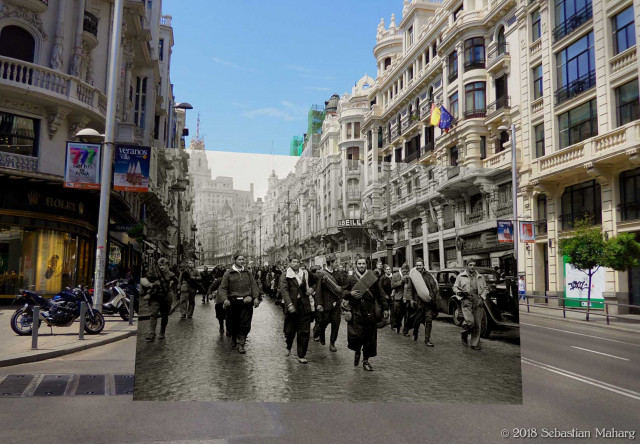
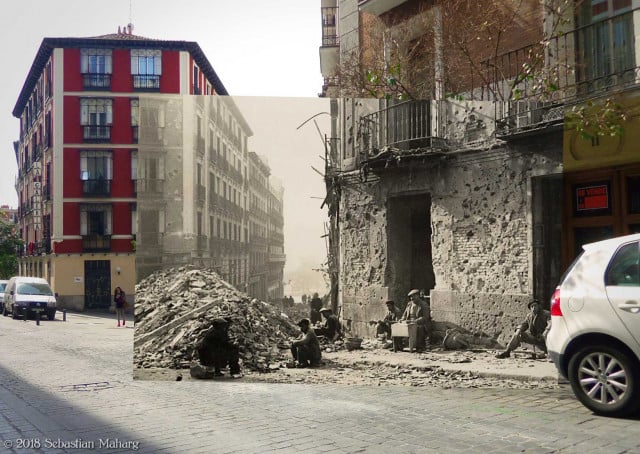
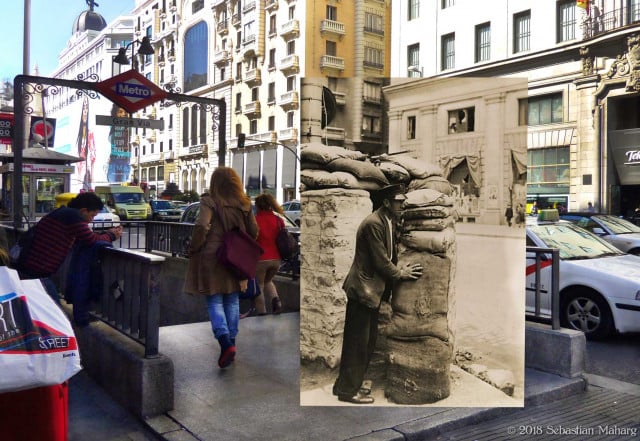
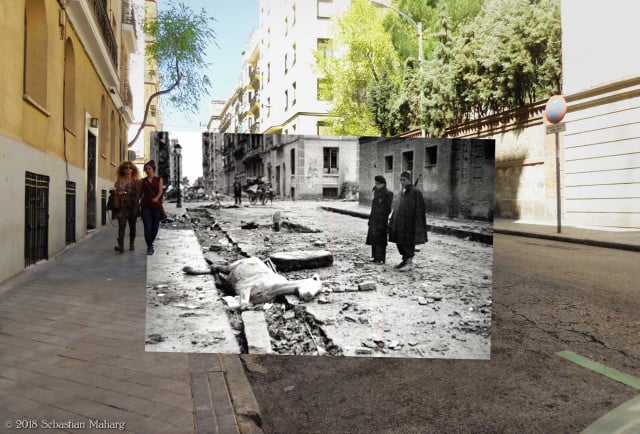
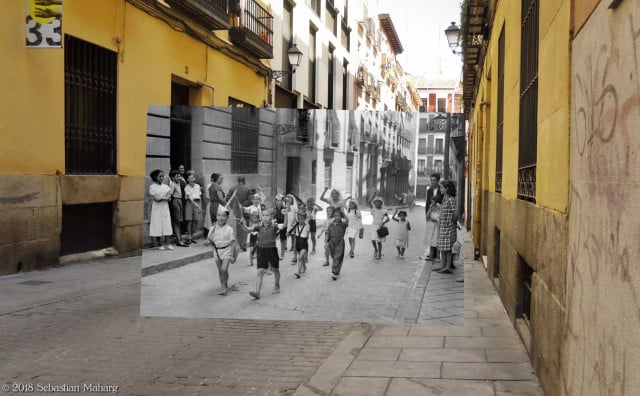
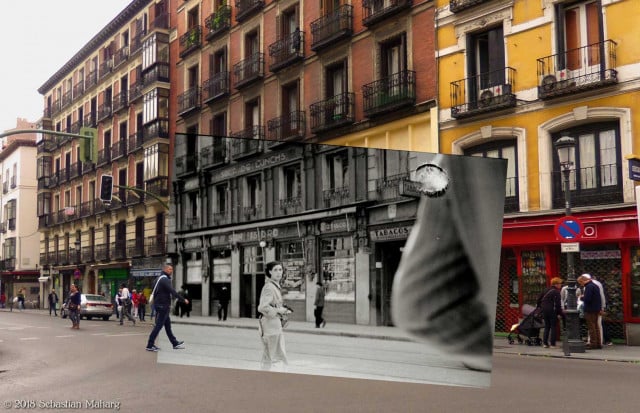
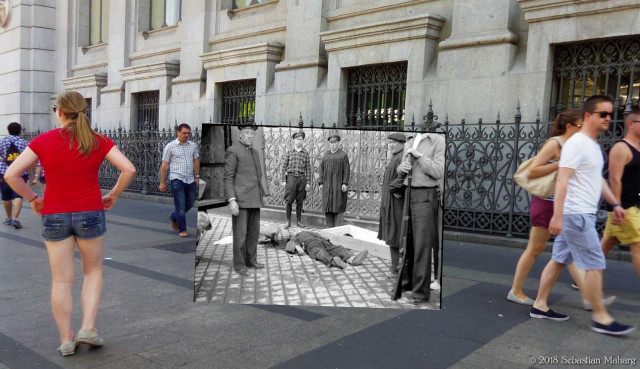
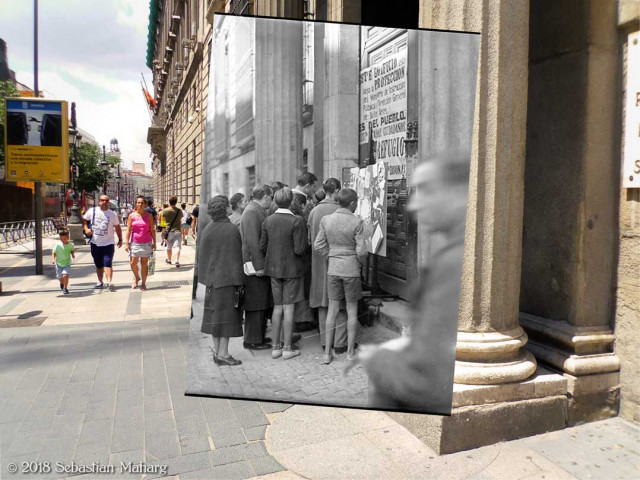
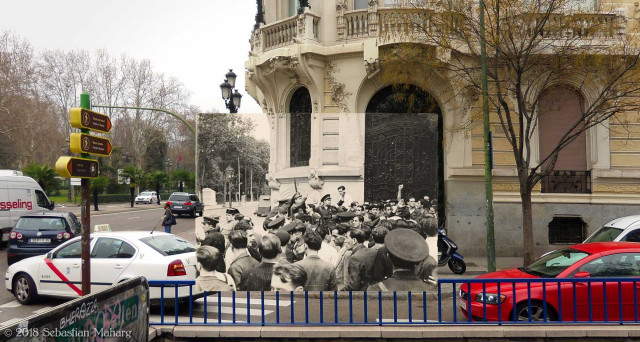
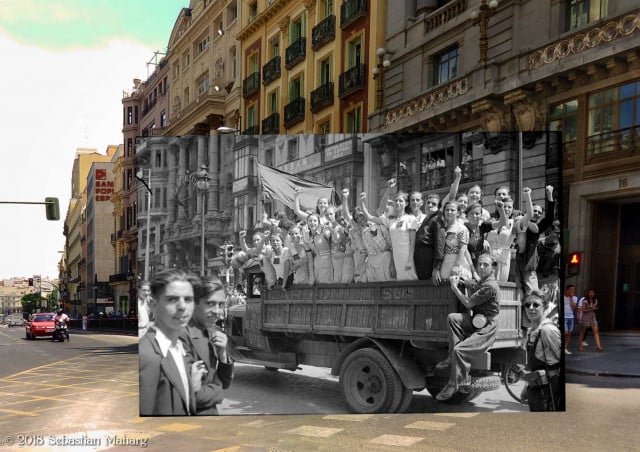
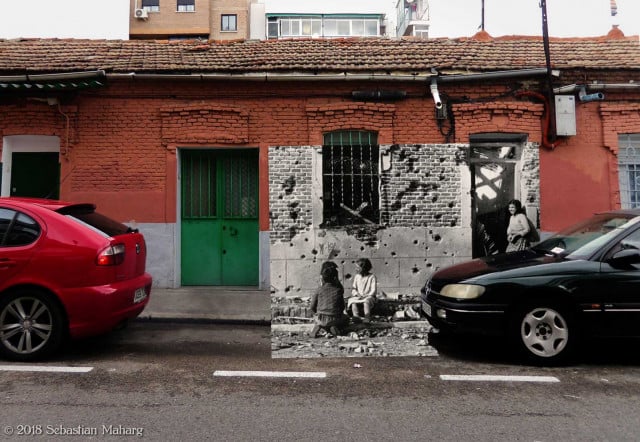
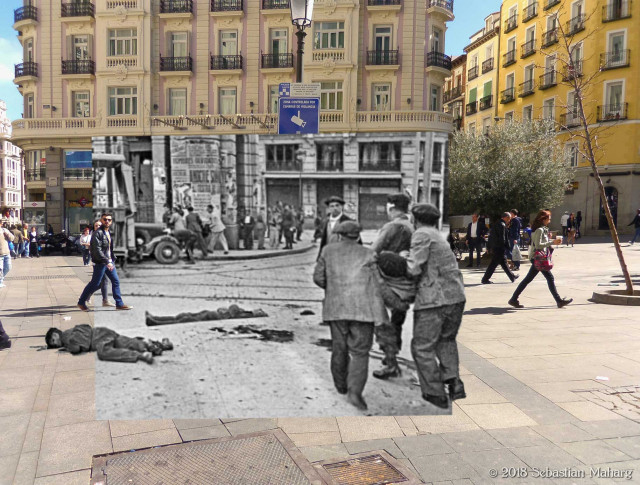
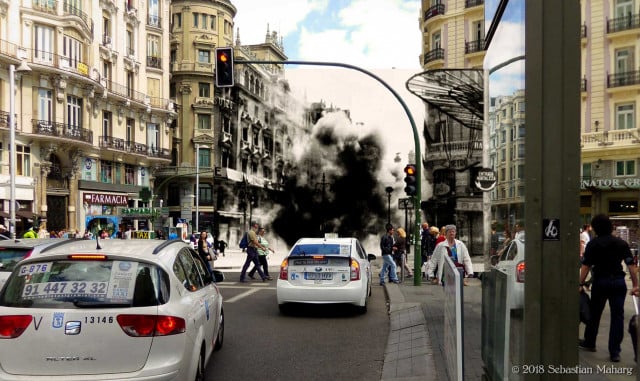
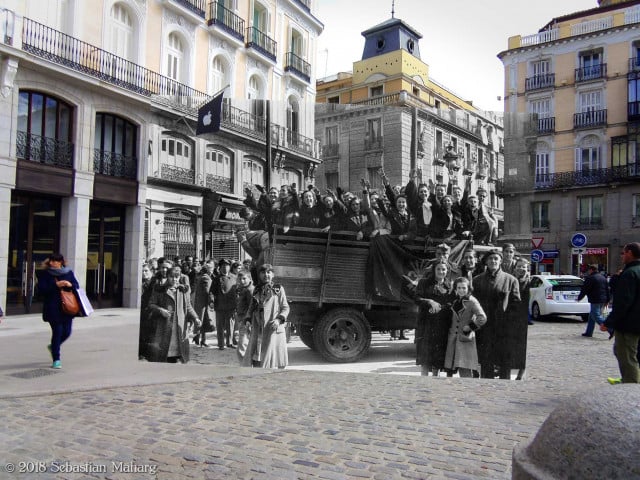
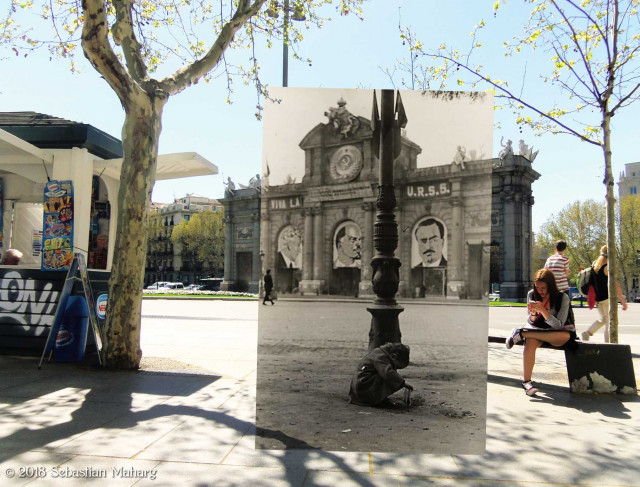
Leah Pattem is the founder of Madrid No Frills, a blog that celebrates those overlooked corners of Madrid untouched by the gentrification and modernization that has transformed the city in recent decades.
To discover stories that reveal the grittier, real side of Spain's capital, follow her on the Madrid No Frills blog, on Facebook and in Instagram.

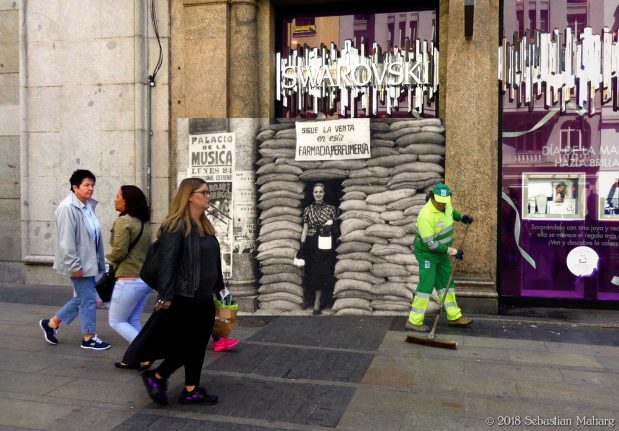

 Please whitelist us to continue reading.
Please whitelist us to continue reading.